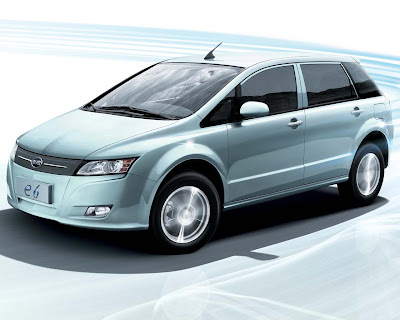Following its unveiling at the 2011 Geneva Motor Show in March, the Peugeot 908 HYbrid4 underwent its first track test at Estoril on October 11.
A positive maiden test
One month after its convincing shakedown run at a private PSA Peugeot Citroën venue on September 16, the 908 HYbrid4 underwent its first genuine track test at Estoril, Portugal, in October. The car completed a little more than 300km in the hands of Nicolas Minassian, Stéphane Sarrazin and Alexander Wurz. "Our aim wasn't to put a lot of kilometres on the clock, but to verify that all the chief functions performed," reports Peugeot Sport's Technical Director Bruno Famin. "It was important to analyse the data of each run to be sure we understood the results before moving on to the next step. The system functioned well and responded as predicted, which was very satisfying. At the same time, we started to make a few adjustments to the car's basic set-up. It worked well, so that's very positive."
What the drivers said...
Nicolas Minassian: "I had the good fortune to drive the original demonstration hybrid car in 2008 and I am proud to have been the first person to drive the 908 HYbrid4. It's extremely interesting to work on a project of this scale which no doubt paves the way for the future of motor racing. As a driver, it's very rewarding to be in a position where you can learn and play a part in the development of new technologies."
Stéphane Sarrazin: "We were able to work through the complete test programme, so that was fantastic. It was interesting to work with the engineers to identify the ideal compromises and, of course, get acquainted with the system, since the project is only in its early days. You can feel the extra power and it will be up to us to harness or adapt it in the most competitive way possible. We will need to strike the right balance. We're looking at a lot of things and exploring several avenues."
The origins
It was at Silverstone in 2008 that Peugeot Sport took the wraps off its hybrid demonstration car based on the 908 HDi FAP. The intention of that initial project was to get a grasp of the different challenges associated with this new technology in order to carry it over to the new car which would make its debut in 2011 within the framework of the technical regulations announced at the end of 2009.
"We spent 2010 designing the system ahead an initial bench-test at the beginning of 2011," explains Bruno Famin. "At Peugeot Sport, we have a dyno that allows us to test the complete engine, gearbox and transmission assembly. This is particularly practical since it functions just as it does when fitted to the car. The hybrid system forms an integral part of the powertrain. This test work continued through 2011 up to the car's first shakedown run in September and its first real track test a few days ago."
Test programme launched
This track debut was more than encouraging and the 908 HYbrid4's test programme is poised to continue with a second run soon at another circuit, as well as further bench testing.
"It will be interesting to see how the system performs at a different track," notes Bruno Famin. "A new phase will also begin when we start to fine tune not only the system but also the handling of the car. We have no intention of rushing things, however. We are still on a learning curve and the endurance testing will come later."
Close collaboration between PSA Peugeot Citroën and Peugeot Sport
After the introduction of diesel hybrid power on the 3008 HYbrid4, Peugeot profited from the recent Frankfurt Show to take the wraps off the 508 RXH which combines radical styling and environmental excellence. At the same time, Peugeot Sport has been working closely with engineers from the Group on the design and development of a hybrid system that can be carried over to motorsport.
The 3008 HYbrid4, 508 RXH and 908HYbrid4 are all illustrations of the determined, pioneering approach Peugeot has been taking with regard to diesel/electric hybrids.
In the same way as it collaborated actively with the Group's engineering specialists when choosing and developing the diesel engine for the team's endurance racing programme, Peugeot Sport benefited from the Group's research and development expertise to identify the most effective technologies, the best suppliers and the pitfalls to avoid in the area of hybrids. "We received advice and guidance in a high number of areas. As far as the electric motor is concerned, we have also learned a great deal ourselves, and that has led to a genuine two-way exchange. We are consequently making mutual progress thanks to our respective experience of what is similar technology," concludes Bruno Famin.



























 Follow EV News on Twitter
Follow EV News on Twitter